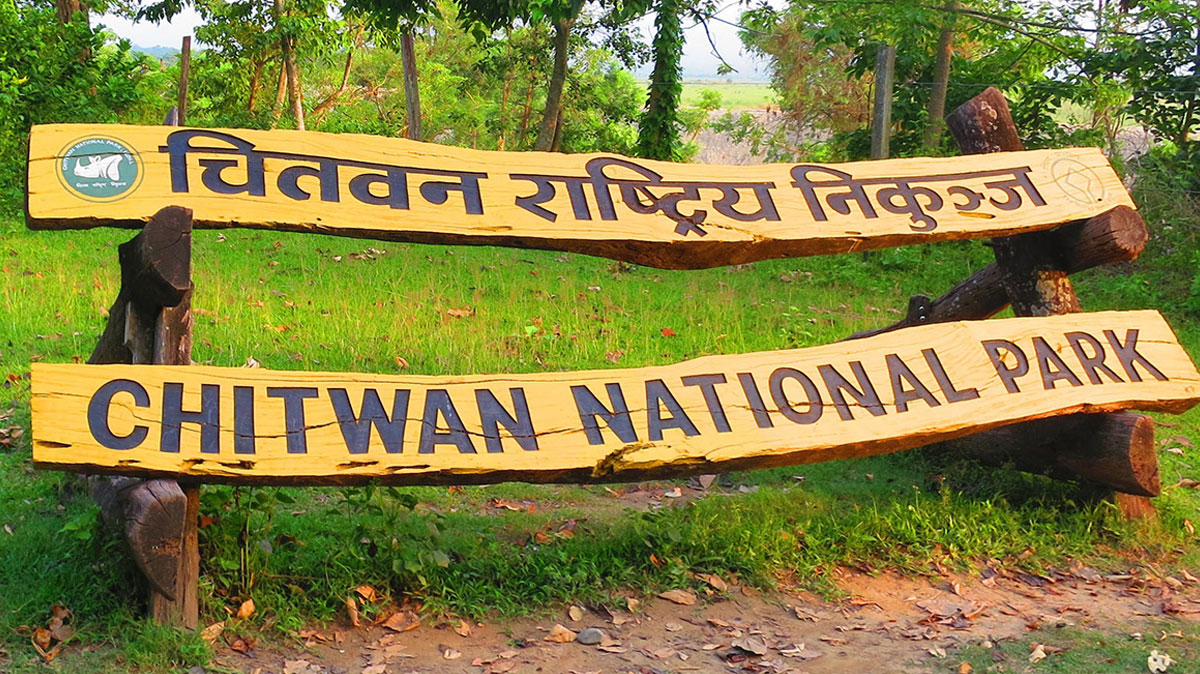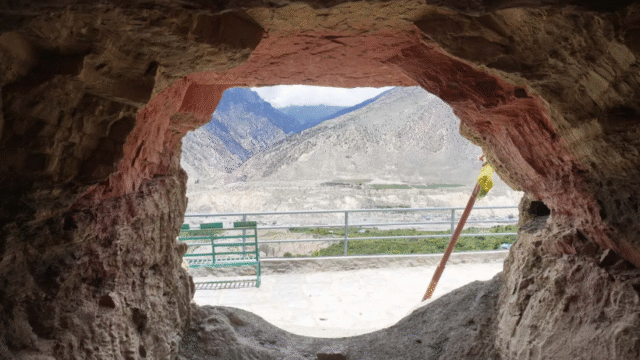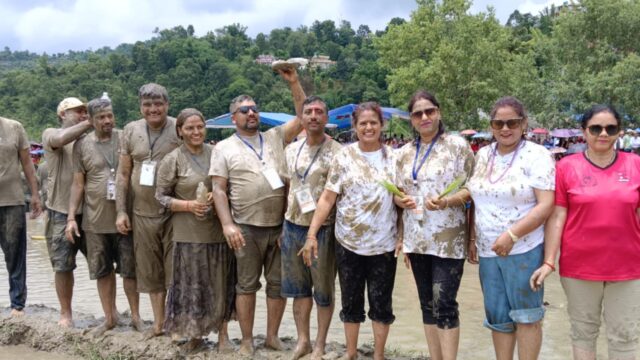Chitwan National Park, nestled in the subtropical lowlands of southern Nepal, stands as a cornerstone of the country’s burgeoning tourism sector. Known for its rich biodiversity and unique wildlife experiences, this UNESCO World Heritage Site attracts visitors from across the globe, contributing significantly to Nepal’s economy and conservation efforts.
Natural Diversity and Wildlife
Spanning over 932 square kilometers, Chitwan National Park boasts a diverse ecosystem that includes dense forests, grasslands, and pristine rivers. It is renowned for being home to a remarkable array of wildlife, including the endangered one-horned rhinoceros, Royal Bengal tiger, Asian elephant, sloth bear, and over 500 species of birds. This biodiversity makes Chitwan a haven for nature enthusiasts, wildlife photographers, and researchers alike.
Cultural Heritage
Beyond its natural splendor, Chitwan is steeped in cultural significance. The indigenous Tharu community, known for their unique traditions and hospitality, has inhabited the park’s periphery for centuries. Visitors have the opportunity to engage with the Tharu people, learning about their customs, traditional dances, and agricultural practices through immersive cultural experiences.
Tourism Activities
Chitwan offers a myriad of activities designed to immerse visitors in its natural wonders. Jungle safaris atop elephants or in safari jeeps provide close encounters with wildlife against the backdrop of lush greenery. Guided nature walks, birdwatching tours, and canoe rides along the Rapti and Narayani rivers offer additional opportunities to explore the park’s diverse landscapes and observe its inhabitants in their natural habitats.
Conservation Efforts
Conservation lies at the heart of Chitwan National Park’s mission. Efforts to protect endangered species, combat poaching, and preserve habitat integrity are ongoing. The park collaborates closely with local communities to promote sustainable tourism practices that benefit both wildlife and residents, ensuring the park’s long-term viability as a premier conservation area.
Challenges and Future Prospects
Despite its popularity, Chitwan faces challenges such as habitat fragmentation, human-wildlife conflict, and environmental degradation. Sustainable tourism practices, community involvement, and continued investment in conservation efforts are essential to mitigate these threats and safeguard Chitwan’s ecological and cultural heritage for future generations.
Economic Impact
Chitwan National Park significantly contributes to Nepal’s economy through tourism revenue, employment opportunities, and local business development. The park supports eco-lodges, restaurants, and souvenir shops, providing livelihoods for many in surrounding communities and bolstering the region’s economic resilience.
Chitwan National Park stands as a testament to Nepal’s commitment to preserving its natural and cultural treasures while fostering sustainable tourism practices. As a key destination for wildlife enthusiasts and cultural explorers alike, Chitwan continues to captivate visitors with its unparalleled beauty and biodiversity, ensuring its place as a crown jewel in Nepal’s tourism industry.






